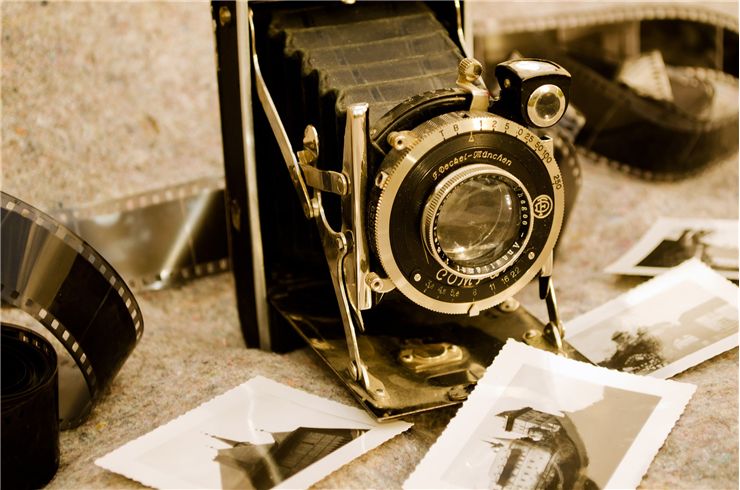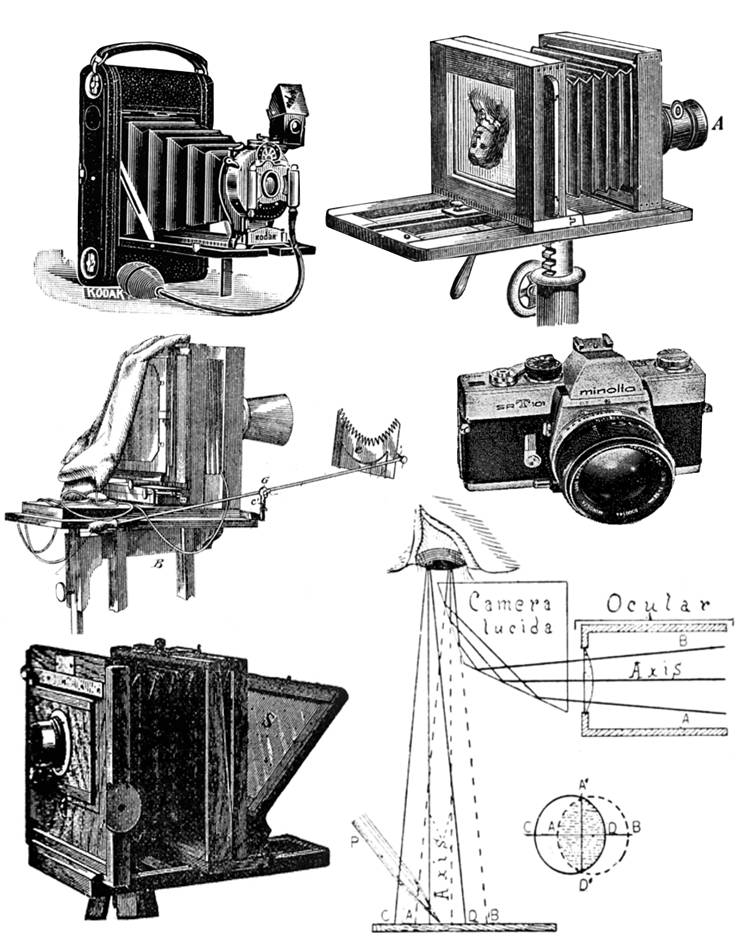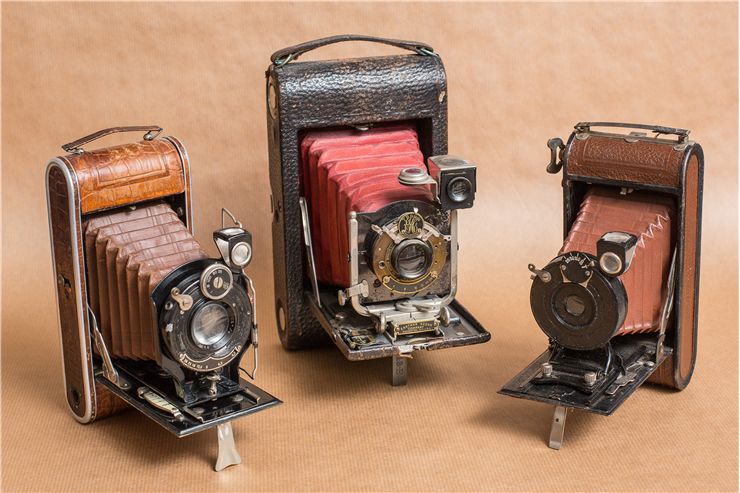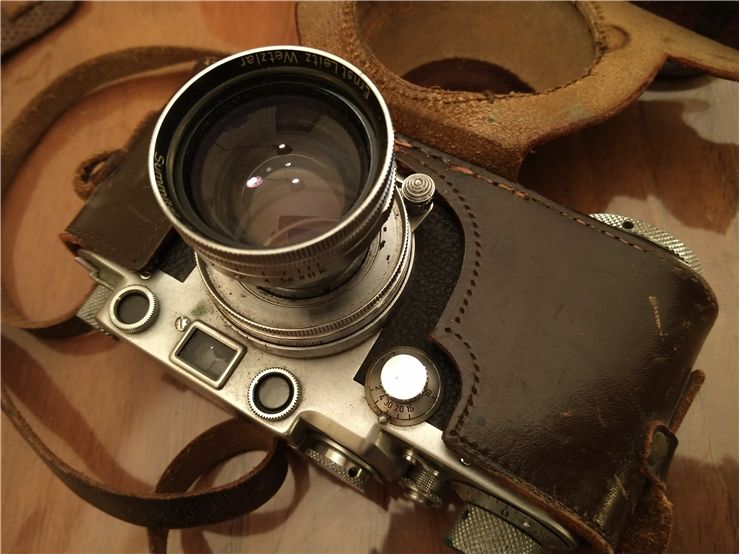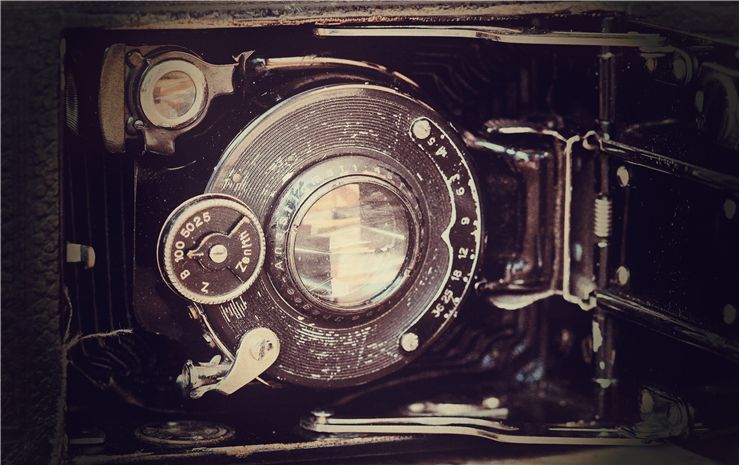Evolution of Photography - Important Events in Photography History
Photography is a method of producing images (in any form) by recording light or some other electromagnetic radiation. The word "photography" comes from the Greek φωτός (phōtos), meaning "light," and γραφή (graphé) which means "drawing" and has a meaning "drawing with light."
Photography History
The history of photography began when we noticed that a light that passes through a small hole behaves weirdly. A few thousand years later, we found chemicals that darken when exposed to light, and after that was all a matter of experimenting.
Photography Facts
There are at least as many types of photography as there are genres of art. Some are artistic; some are documental; some capture infinitely large objects, while some take images of infinitely small ones. You can learn some photography facts here.
Photography Inventors
Many photography pioneers converted light into a permanent image - from the 19th century until today. Only some of them had an idea that worked, but with them, photography is possible as we know it today.
Brief History of Photography
When it first appeared in the 19th century, photography used a few different technologies that had existed for thousands of years. Chinese philosopher Mo Ti and Greek mathematicians Aristotle and Euclid knew about the pinhole camera in the 5th century BC. Byzantine mathematician Anthemius of Tralles used a camera obscura in his experiments in the 6th century. A pinhole camera is a box with a pinhole aperture on one side and completely dark inside. Light passing through a pinhole projects an inverted image on a wall opposite a pinhole. This is a simple camera, and it has no lens. Some pinhole cameras can be found in nature (for instance, in caves). Camera obscura works on a similar principle, but it often has a lens through which light passes and a mirror that inverts and projects the image at the top of the box. It was used as a drawing aid. Albertus Magnus discovered silver nitrate in the 13th century, while Georg Fabricius discovered silver chloride in the 16th century. These chemicals are sensitive to light and will be used in photography. Daniele Barbaro invented a diaphragm in 1566 which will be used to control the amount of light that enters the camera.
The problem with pinhole cameras and camera obscura is that they don’t retain the image they create - they project it. In 1800, Thomas Wedgwood tried to capture the image that camera obscura created by projecting it on paper or white leather treated with silver nitrate. This is the earliest known try in photography. He succeeded in recording shadows of an object before the camera, but they didn’t last long because he didn’t know how to “fix” the image and make it non-sensitive to light. Thomas soon died, and there his experiments ended. The next try was by Nicéphore Niépce, 1816, who used paper coated with silver chloride to make negative photographs. His photographs also didn’t last long. His oldest surviving photograph dating from 1827 to 1828, had to be exposed for 8 hours and a few days. His partner Louis Daguerre refined the process (daguerreotype) and made the first photograph that had people on it and a much shorter exposure time. He published his method on 19 August 1839 and gave it to the world for free. William Henry Fox Talbot improved the fixing of the photographs and a calotype process, allowing for reproducing photographs from one translucent negative image. By the mid-1840s, many inventors made their variants of glass negative. John Herschel was the first, and others followed. They also experimented with different materials, which gave different quality images and needed different exposure times.
These first photographs were black and white (more precisely - grayscale), and many tried to bring colors to images. The first color photograph was made in 1848, but it needed very long exposure, and its color faded quickly in the light. The next method was making one picture through three colored filters: red, green, and blue. These three images were black and white and were projected through three filters (in red, green, and blue again), one over another, onto a surface, making a color image. This method was an idea of James Clerk Maxwell, a Scottish physicist, and was used for the first time in 1861 by Thomas Sutton. When emulsions more sensitive to colors were invented (the 1880s), color photography became more popular. At first, color photography was done on plates, but film soon replaced plates because it made the photograph more images in succession and was easier to use. Kodachrome film revolutionized photography in 1935 by introducing multilayer emulsion.
Today, most cameras are digital, meaning the light that enters them falls on sensors that turn the frequency and strength of light into electrical impulses. These impulses can be saved and represented on displays and even printed. The first digital camera appeared in 1957.
